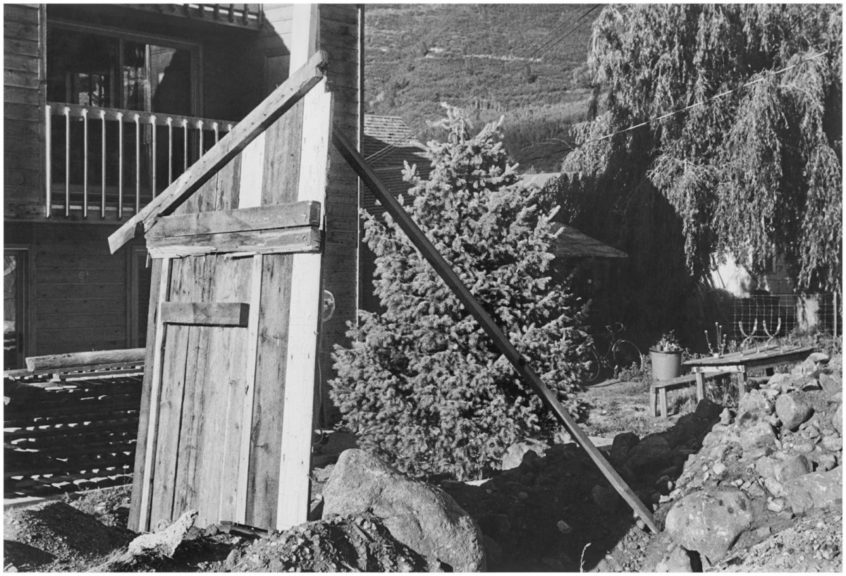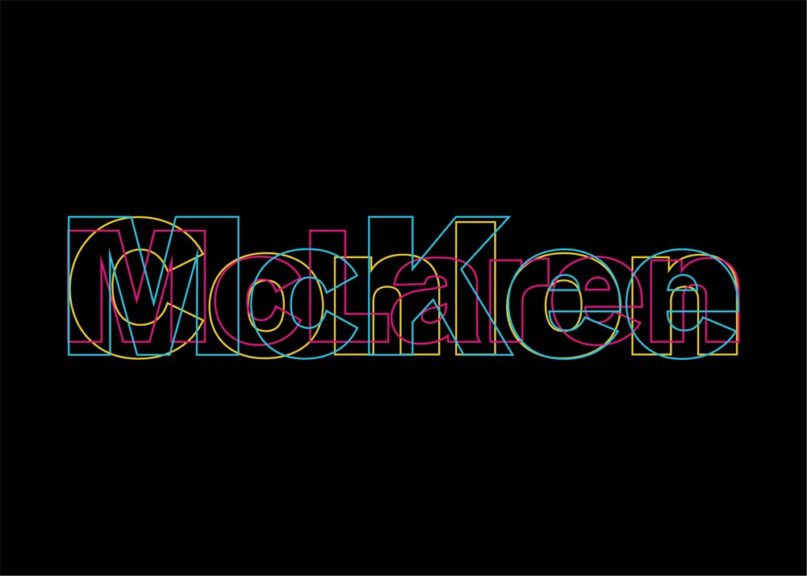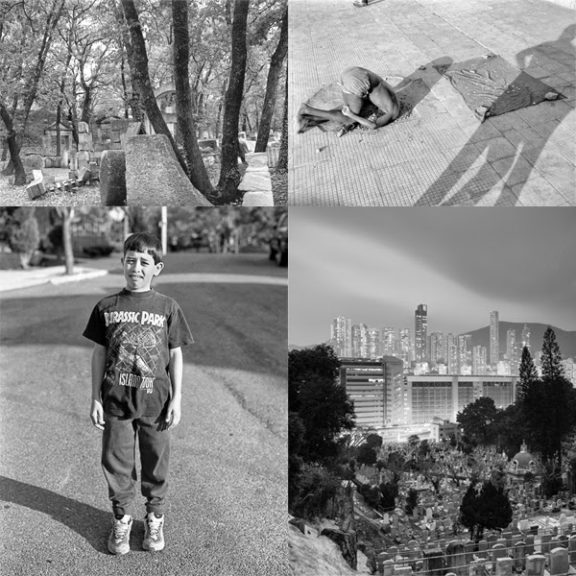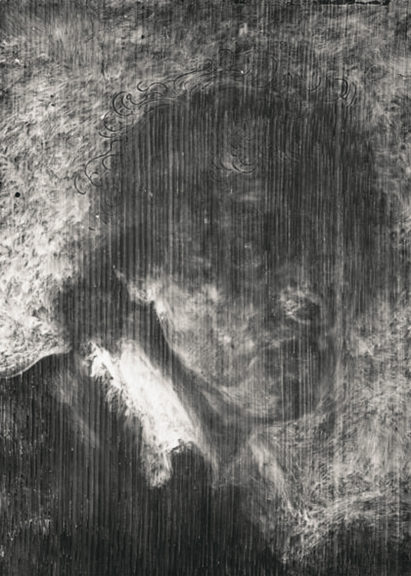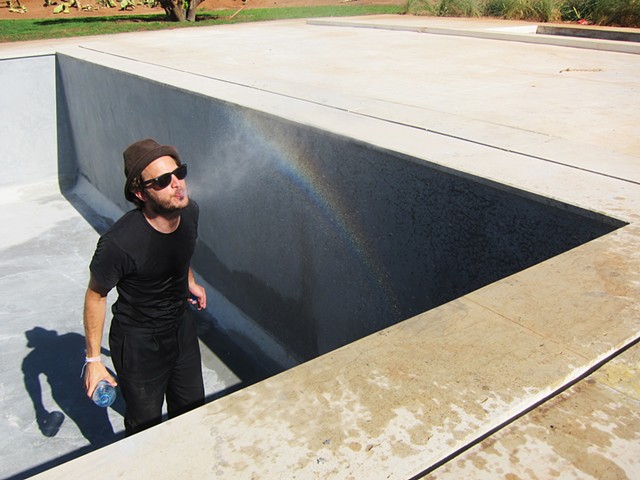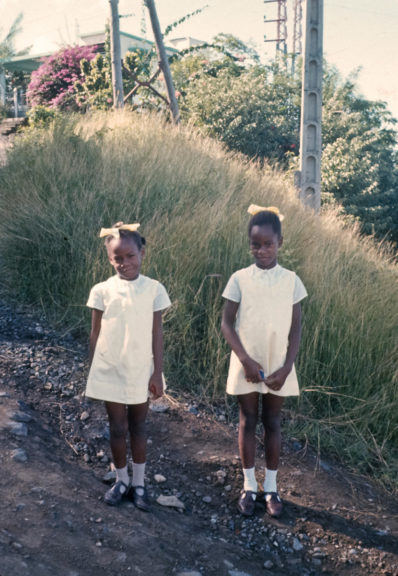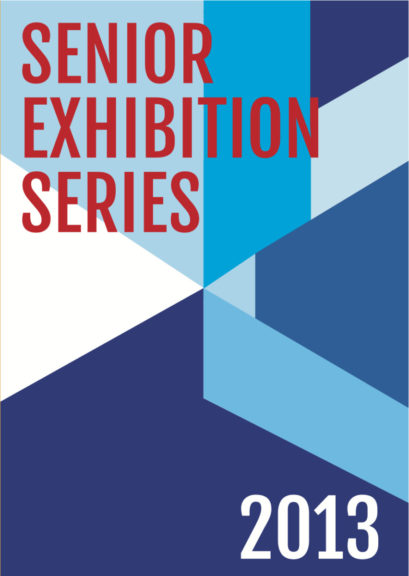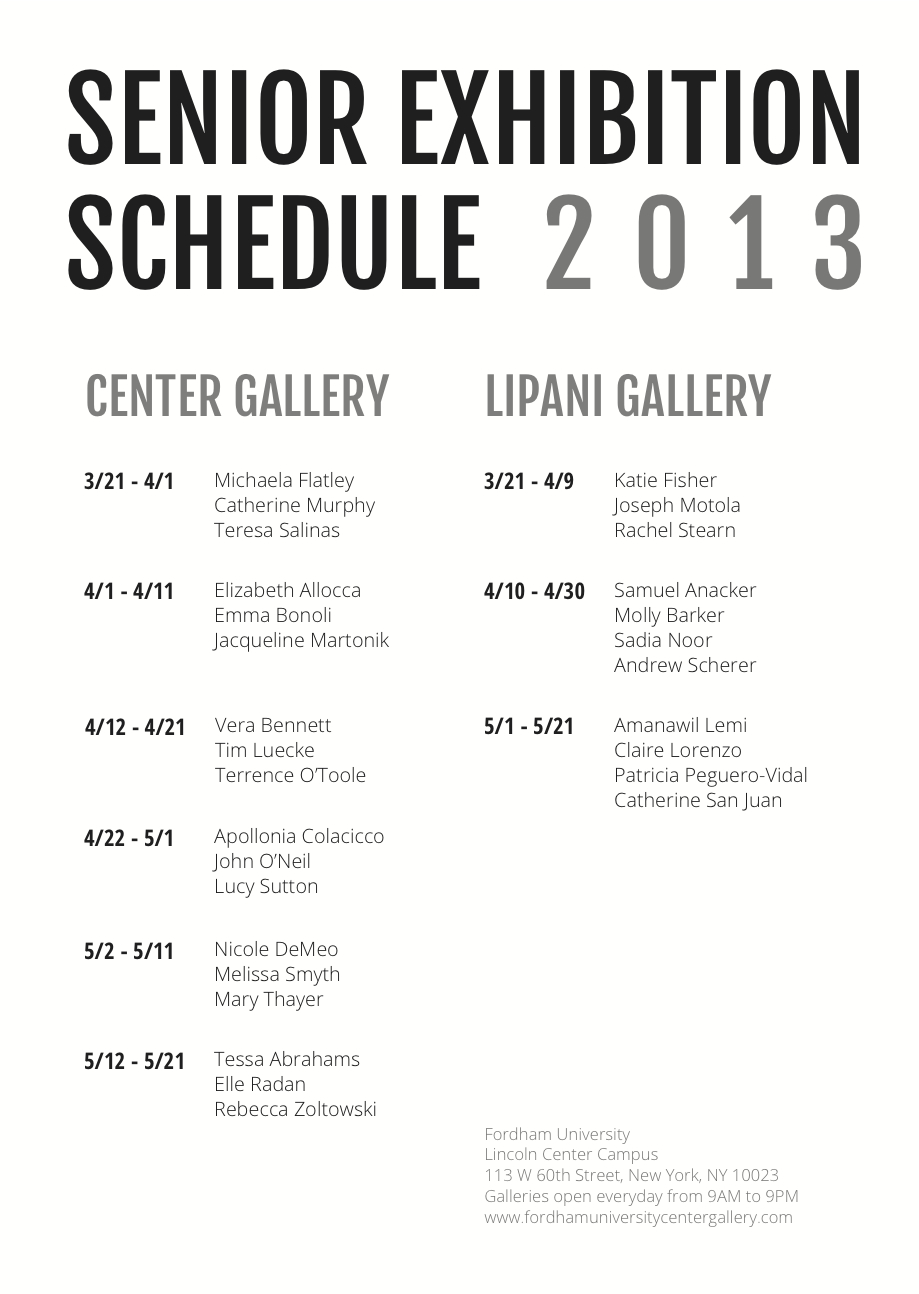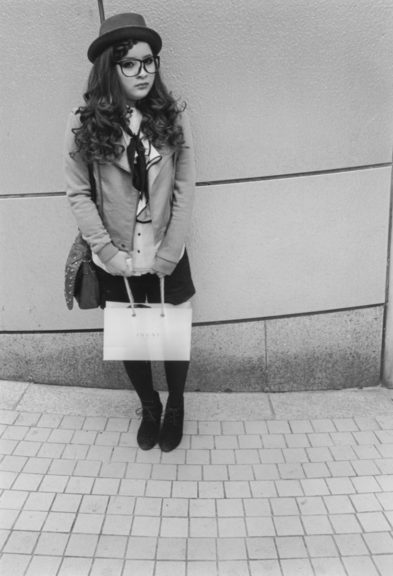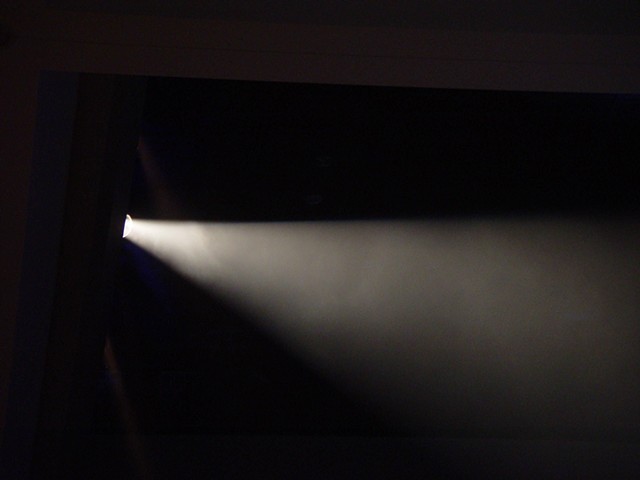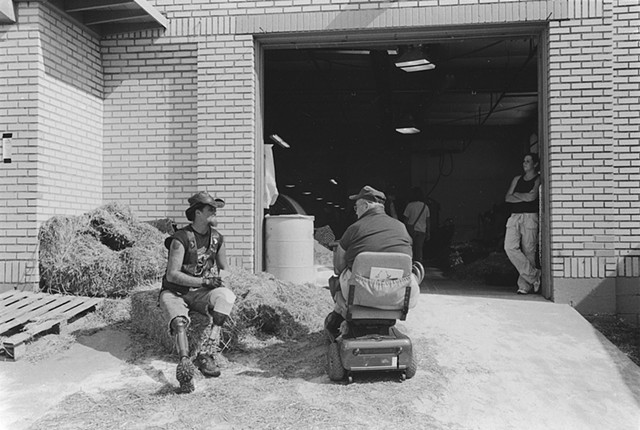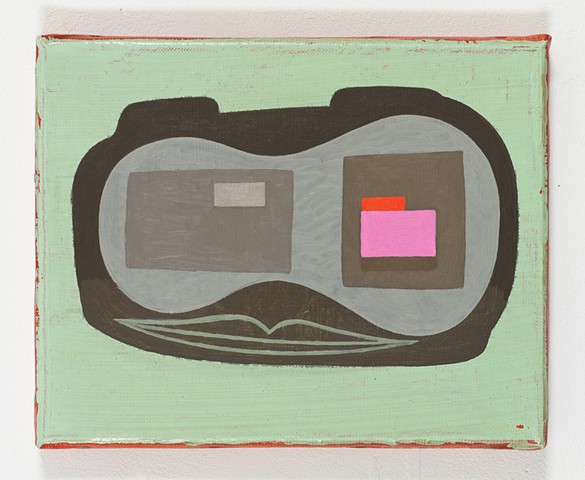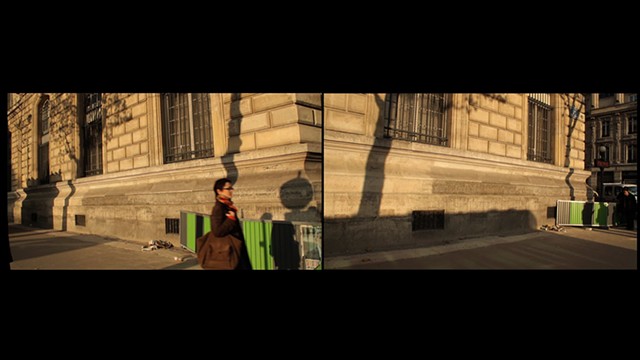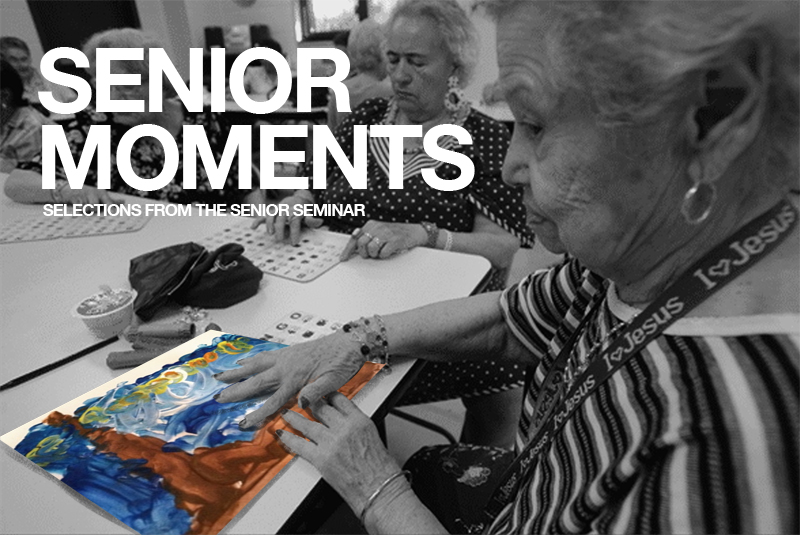All the visible features of an area of countryside or land, often considered in terms of their aesthetic appeal
Curator: Stephan Apicella-Hitchcock
Including: John Calhoun, Sigrid Jakob, Saul Metnick, Chihiro Nishio, Kota Sake, Daniel Seiple, and Eric van Hove
The Center Gallery
Fordham University at Lincoln Center
June 10 – July 19, 2013
Reception: Monday, June 10, 6 – 8
http://fordhamuniversitycentergallery.com
All the visible features of an area of countryside or land, often considered in terms of their aesthetic appeal brings together seven artists from Belgium, Germany, Japan, and the United States working in different mediums to explore the idea of what a landscape can potentially be. The lengthy title of this exhibition is simply a dictionary definition of the word “landscape;” however, it hints at the complexity of what a landscape is, particularly in regards to the notion of visibility. The artists in this exhibition continually play with this prerequisite of visibility as stated in the dictionary definition and nowhere is this questioning more evident than in the ephemeral space delineated by a rainbow on the exhibition’s invitation. The American author Rebecca Solnit wrote in her book, Wanderlust: A History of Walking, that “A path is a prior interpretation of the best way to traverse a landscape.” In light of this quotation, this exhibition is a landscape without a path, or perhaps seven different paths of varying natures.
John Calhoun’s monumental time-lapse drawing chronicles a period of 77 days in the studio between 2010 and 2013. Examined at the micro level, the drawings resemble psychological Rorschach tests, yet the numerous smaller elements come together to create a much larger image of a lake in northern Germany. The work simultaneously represents both a description of place, in addition to a description of an unfolding process over time.
One Kilometer by Sigrid Jakob is an ongoing forensic investigation into a peripheral area of fields and forest just outside the village of her birth. This area is a prime example of bucolic southern German countryside, and serves a variety of uses such as agriculture, hunting, and recreation. However, vague childhood memories, rumors, and odd apparitions suggest other time periods and other uses. Over the years, Sigrid Jakob has attempted to piece together the full story of this landscape through research, photography, and interviews with witnesses.
The ten black and white images by Saul Metnick are an excerpt from an ongoing exploration of the transitions, in-betweens, and non-spaces encountered during travels in the Southwest. The body of work examines the rapid and recent growth in Colorado and Nevada, particularly focused on the overwhelmingly utilitarian and non-descript aesthetic of the architecture, the perfunctory engineering, and the often overlooked spaces.
A View, by Chihiro Nishio, consists of a drawing and a video documenting the artist in a studio setting as she repeatedly attempts to trace passing vehicles from a projected video. This ongoing activity has been presented in Japan as site-specific work in progress with the drawings made in pencil directly on the wall; however, in this iteration for Fordham University’s Center Gallery the drawings have been translated into vinyl and applied directly to the gallery’s glass walls and doors. What upon first inspection presents itself as decorative filigree, turns out to be directly related to a rigorous, yet absurd endeavor.
Kota Sake’s Menu, is a 48 page, 7” x 7” book containing an assortment of dishes prepared for him at Kagawa, an establishment located in front of his studio in the neighborhood of Araiyakushi in Tokyo, Japan. Kagawa is a small, local izakaya (a type of Japanese drinking establishment which also serves food), so most customers live in the area and come after work. The food at Kagawa is not particularly fancy Japanese food, nor is it instant, fast food. For Sake, going to Kagawa to eat carefully made foods, drink Sapporo beer, and meet with locals is relaxing and provides a sense of home after a long day.
Daniel Seiple’s collaborative project with woodcarver Gavin Smith, Can’t see the trees for the wood, takes place at Smith’s home in Corgarff, Aberdeenshire, Scotland. Guided as much by intuition and instincts as conversation, Seiple walks, drinks, and eats with Smith, then finally clears his barnyard, which is overrun with weeds and littered with large stacks of wood. In order to salvage the boards, they are stacked in the form of a five-ton house inspired by the British Arts & Crafts movement. A tunnel leads to a staircase, which ascends to the roof, from which Smith can overlook his clutter and view the landscape.
Making Sidi Ali Rainbows is a video by Eric van Hove made in Marrakesh in 2011, as well as this exhibition’s invitation image. The artist, standing in an empty pool, repeatedly spits mouthfuls of a popular spring water brand (Sidi Ali) and creates a series of small rainbows. The duration of the event is brief and dictated by the amount of water held by the bottle.
Stephan Apicella-Hitchcock, 2013
Image caption: Making Sidi Ali Rainbows, Eric van Hove, video still, total running time 170 seconds, 2011
